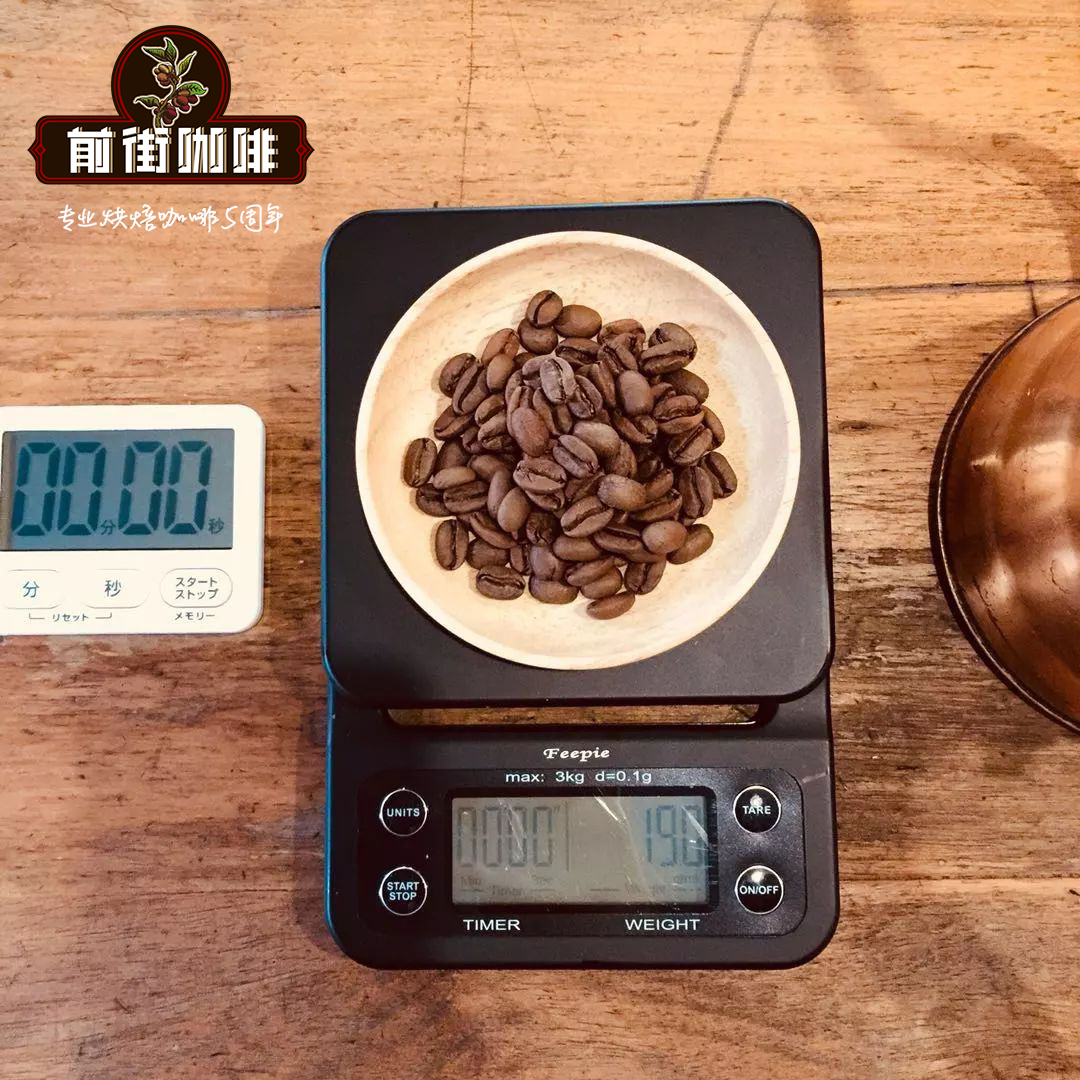Types and flavors of coffee beans A brief introduction to the taste characteristics of Arabica coffee beans

Professional coffee knowledge exchange more coffee bean information please follow the coffee workshop (Wechat official account cafe_style)
Front Street-Coffee beans, Arabica Coffee sharing
Coffee beans in a broad sense, there are three kinds of coffee beans in the world, but the most common ones are Arabica beans and Robusta beans.
Arabica species (Arabica) Robosta beans (Robusta) Liberia (Liberica species)
Nearly 70% of the world's commercially grown coffee is Arabica coffee, with a total of 7 million tons of roasted coffee each year. Robusta coffee accounts for the rest of the market, mainly produced in Java, Sumatra and Vietnam in India, Indonesia and Vietnam, which contributes nearly half of the world's total production of Robusta coffee. It is the second largest coffee producer in the world after Brazil.
Robusta coffee is characterized by higher fruit yield per unit harvest period and more solid ripe fruit of robusta coffee. Robusta coffee beans are smaller and thicker than Arabica beans, thicker but slightly less flavored. For this reason, small portions of robusta coffee are usually used to mix espresso. Italians attach particular importance to its high quality coffee fat and rich caffeine, resulting in the excellent effect of every coffee product.
What's so good about Arabica coffee? There is no doubt that it has the best flavor. Arabica coffee plants bear more subtle fruit flavor, its varieties are widely distributed and clearly defined, and the appearance and style of Arabica coffee are distinctive. Most varieties of Arabica coffee are genetically mutated or improved by a cross between two patrilineal Arabica coffee, Tibica and bourbon.
Tibica (usually Arabica) is the first coffee variety introduced from Ethiopia to Yemen and then to India. In 1718, Tibica species collected from Java were introduced into French Bourbon Island (now known as Reunion) 800km east of Madagascar in the Indian Ocean. Here the Tibica species abruptly became a new variety, that is, the later bourbon species. In today's coffee market, Tibica and bourbon are the largest varieties of Arabica coffee.
Some varieties are derived from natural gene mutations, while others are the products of artificial cross breeding or acquired breeding of native species. Arabica species are self-pollinating plants, and their genetic lineage should be quite pure. However, Tibika species and bourbon species have been brought to new countries, foreign climate conditions lead to natural gene mutations, and the characteristics of cultivated new varieties are mostly gratifying.
Knowledge expansion: Liberia, like Robusta, is pest-resistant and suitable for hot and humid environments, but it is not widely planted, mostly in South Africa.
In short: Qianjie is a coffee research hall, happy to share the knowledge about coffee with you, we share unreservedly just to make more friends fall in love with coffee, and there will be three low-discount coffee activities every month. The reason is that Qianjie wants to make more friends drink the best coffee at the lowest price, which has been Qianjie's tenet for 6 years!
END
Important Notice :
前街咖啡 FrontStreet Coffee has moved to new addredd:
FrontStreet Coffee Address: 315,Donghua East Road,GuangZhou
Tel:020 38364473
- Prev

What are the varieties of coffee beans? brief introduction to FTO Coffee washed with Yega Xuefei
Professional coffee knowledge exchange more coffee bean information please follow the coffee workshop (Wechat official account cafe_style) front street-coffee bean species, Yega Chuefei washed FTO coffee sharing coffee beans broadly speaking, there are three kinds of coffee beans in the world, but the most common around them are Arabica beans and Robusta beans. Arabica species (Arabica) Robostadou (Robusta)
- Next

A brief introduction to three kinds of coffee beans is Arabica coffee beans expensive
Professional coffee knowledge exchange more coffee bean information please pay attention to the coffee workshop (Wechat official account cafe_style) front street-coffee bean species, Arabica coffee sharing Arabica species accounts for about 70% of the world's total output, which is equivalent to the aristocracy of coffee bean species, requires higher climate temperature and humidity, requires higher cultivation techniques, but because of its pleasant aroma,
Related
- Beginners will see the "Coffee pull flower" guide!
- What is the difference between ice blog purified milk and ordinary milk coffee?
- Why is the Philippines the largest producer of crops in Liberia?
- For coffee extraction, should the fine powder be retained?
- How does extracted espresso fill pressed powder? How much strength does it take to press the powder?
- How to make jasmine cold extract coffee? Is the jasmine + latte good?
- Will this little toy really make the coffee taste better? How does Lily Drip affect coffee extraction?
- Will the action of slapping the filter cup also affect coffee extraction?
- What's the difference between powder-to-water ratio and powder-to-liquid ratio?
- What is the Ethiopian local species? What does it have to do with Heirloom native species?

